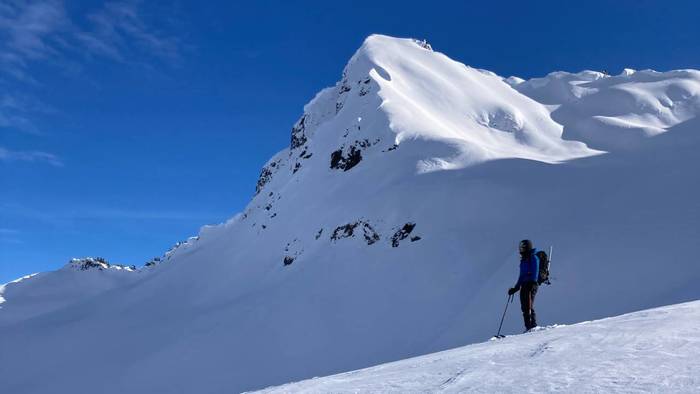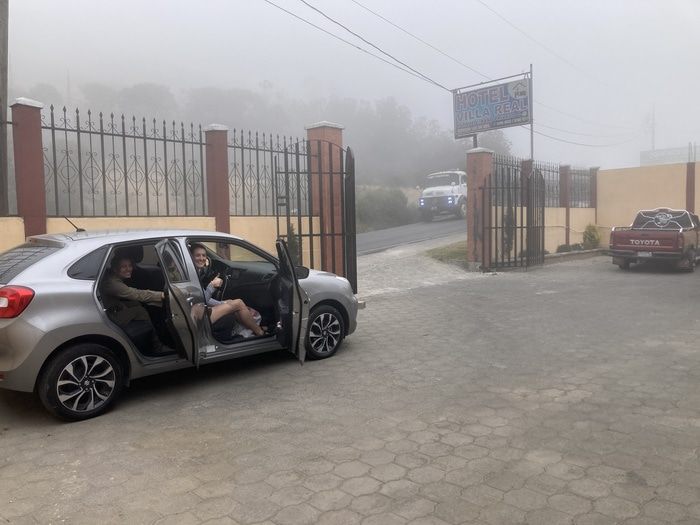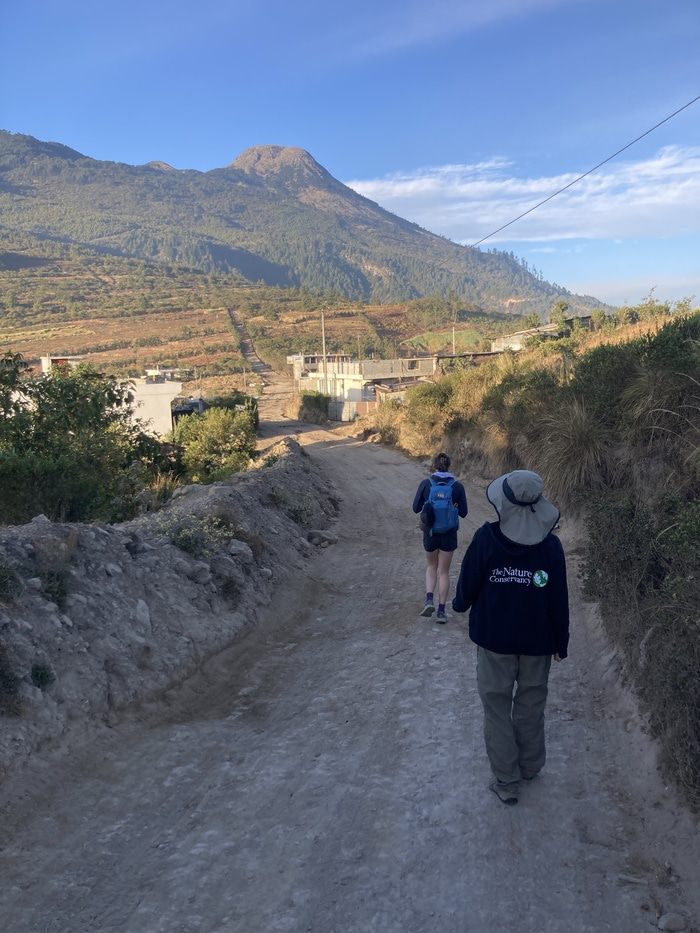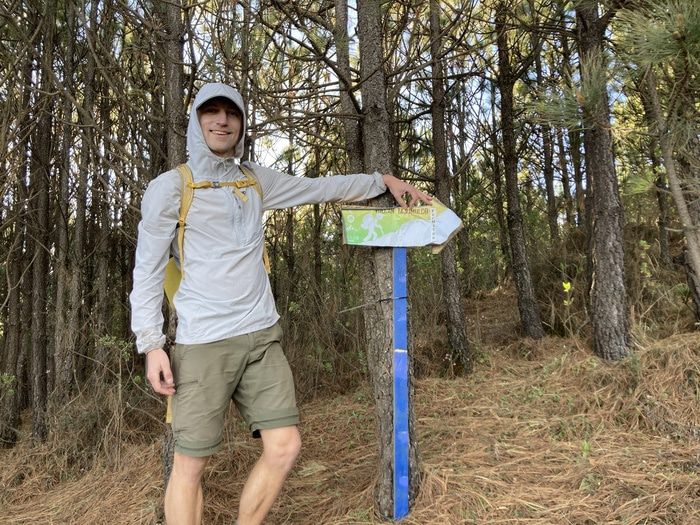Denali (McKinley)
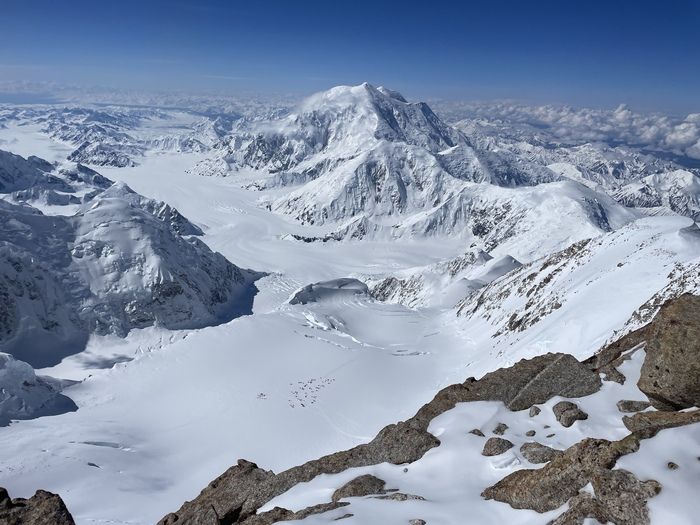
Looking down from 17K camp
Cassondra and I had talked about climbing Denali for years but the prime climbing season (May/June) is during school and Cassondra couldn’t take a month off of work. This year was different. We decided to take a sabbatical year to travel, put our things in storage, sold whatever we didn’t need and moved out of our apartment at the end of June. This gave us the ability to get to Alaska the following spring and when some close friends talked about organizing an expedition, we knew this was going to be the year.

No Nuts Denali Dreamers (photo: Fred Caton)
The logistics were worked out over several meetings during the course of the year. We were lucky to have a lot of gear and the big ticket items (boots, sleeping bags, parkas and down pants) we were able to rent near Seattle. We applied and were granted permits in January. Our team name was No Nuts Denali...






